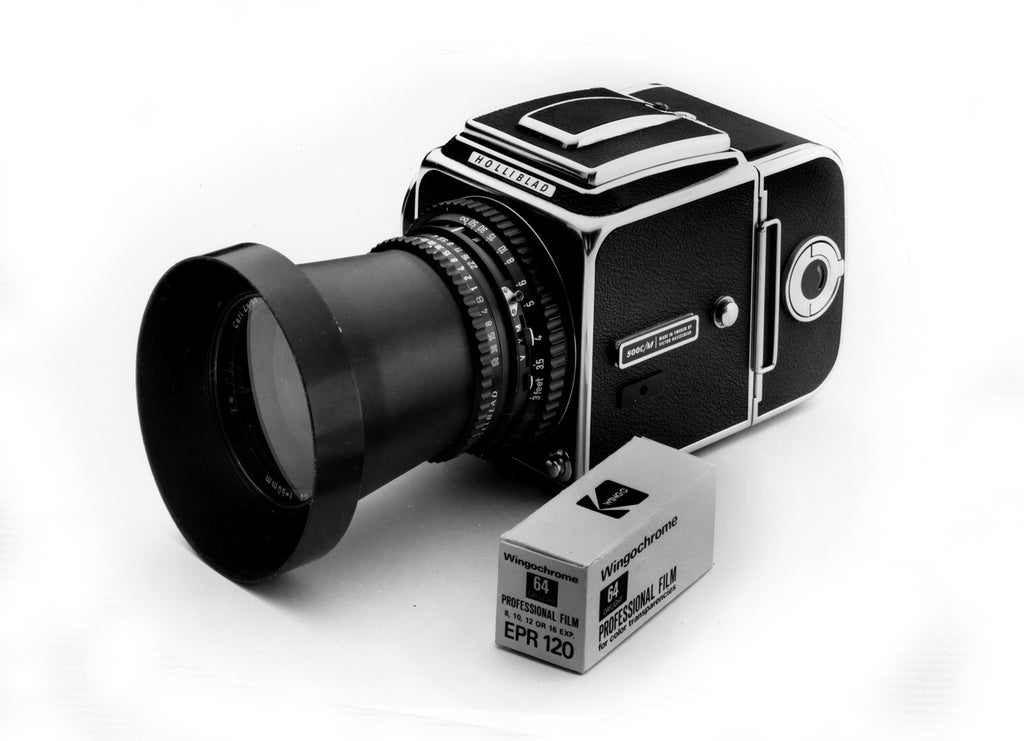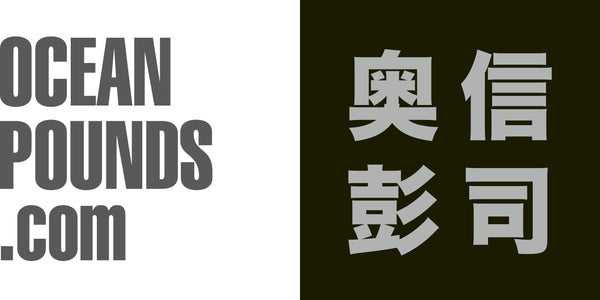
I’ve always wondered why Ka-sing had the name Wingo in his earlier years, that is from the seventies to the eighties. In my imagination, perhaps he likes freedom, he lets his wings go. When I asked him, he said perhaps it was the sound. Indeed he was a poet then.
In the earliest period of our studio, we had created a new identity for promotion, as camera and film, as Wingochrome and Holliblad. We used the image in directories, creating advertisements, promotional posters, company stationery and literature. All went well for some time, until we received a complaint letter from Mr. Kwok, the Operations Manager from Kodak.
We had used Kodachrome from ASA 25 to 64 dated back mid-seventies. Since Kodachrome used the K-14 process and needed to be sent to a certain lab in Australia for processing, we could only use it for non-urgent personal projects. For commercial assignments we would go for Ektachrome, or even Fujichrome, which required only two hours for local lab processing. We haven’t picked up reversal films since moving to Toronto. Years later, in between 2011 to 2013, I worked on a new project - the Shan Hai Jing series, I used Fujichrome Provia 120 roll film instead. Kodak ceased the production of all colour reversal films in 2013, but made a welcome return in 2018 with a new Ektachrome E100.
When I researched for Hasselblad’s history, I was intrigued by the line “Everyone who ever interacted with Erna and Victor Hasselblad was struck by how much the two belonged together”. Is it something reflecting Ka-sing and I? Is this a subconscious decision of branding ourselves as Wingochrome and Holliblad in those youthful days? Our first Hasselblad was a 500C/M, sold to us second-hand by Mr. So of J.H. Traschler. As the amount of fashion work increased, we bought a 500EL/M. While EL stands for electronic, M stands for motor. A new design with an electric motor integrated into the camera body, terribly helpful for shooting fashion which demands for a fast and upbeat tempo. Later, out of necessity, we had yet to buy a SWC/M (Super Wide). It has a 38mm Biogon fixed lens for the medium format. We used it to shoot architecture, interiors, and sometimes pictures during holiday trips.
Looking back, I’m glad that Mr. Kwok has now become part of our history. Hasselblad, on the other hand, had never complained. Erna and Victor would have approved our togetherness, like camera and film. And Wingo, facing his identity crisis again in the late eighties, decided to abandon his long-loved name, and reclaimed his Chinese identity as Lee Ka-sing. And me, remain to be that shrub with little red berries, longing for evergreen. Friends say when the Christmas season approaches, they'll think of me.


(Photo copy of the print ad published in creative service guide book, 1980)

(Photo copy of the letter on file, that we replied to Kodak)
WINGOCHROME & HOLLIBLAD, the studio publication
Published in 1979, for studio promotion purpose. Only two issues were released. Publication format: 17"x22.5" in one single sheet, printed on both side, offset printing process. Print-run: 500 copies each.

WINGOCHROME & HOLLIBLAD, issue number 1, April/ May 1979. (front page) Photograph by Lee Ka-sing

WINGOCHROME & HOLLIBLAD, issue number 1, April/ May 1979. (back page) Photograph by Holly Lee

WINGOCHROME & HOLLIBLAD, issue number 2, September/ October 1979. (front page) Photograph by Lee Ka-sing

WINGOCHROME & HOLLIBLAD, issue number 2, September/ October 1979. (back page) Photograph by Holly Lee
